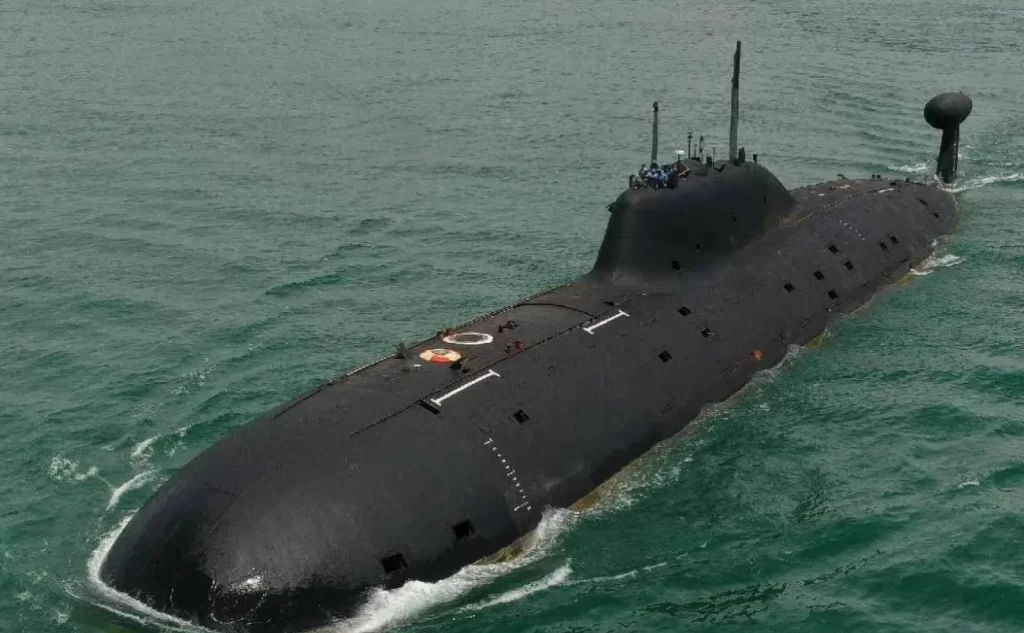Introduction to Nuclear Submarines
The United States Navy’s fleet of submarines is exclusively composed of nuclear-powered vessels, showcasing an impressive array of technology that enables prolonged underwater missions. These submarines, designed for various operational roles, have complex systems to ensure crew survival, mission success, and overall functionality during extended deployments. While many think of a submarine’s weaponry, the real intricacies lie in the technologies that sustain life beneath the waves.
Sustaining Life Aboard
- Freshwater Generation
Freshwater is a critical resource for submarines, yet the vessels operate in saltwater environments. To address this challenge, submarines utilize advanced desalination techniques, primarily through distillation and reverse osmosis (RO).
- Distillation Process: This involves heating seawater to create vapor, which is then condensed back into liquid form, leaving salt and impurities behind.
- Reverse Osmosis: A specialized unit filters seawater, removing salt and heavy minerals, producing potable water essential for drinking, food preparation, and cooling systems.
Submarines can generate between 10,000 and 40,000 gallons of freshwater daily. This water is not only vital for hydration but also crucial for maintaining equipment and supporting hygiene practices aboard.
- Oxygen Generation
In the closed environment of a submarine, ensuring a steady supply of breathable air is essential. Modern submarines have eliminated the older practice of drawing oxygen from the surface and instead use advanced oxygen generation systems.
- Chemical Oxygen Concentration: This method employs “oxygen candles,” which consist of chemical compounds like iron and sodium chlorate that, when ignited, release oxygen.
- Electrolysis: Freshwater is split into oxygen and hydrogen using electrolysis. This method is effective and necessary since using seawater would produce harmful chlorine gas.
The Central Atmosphere Monitoring System (CAMS) continuously monitors the air quality, ensuring the right balance of oxygen and carbon dioxide, with scrubbers in place to remove excess CO2.
- Energy Generation
Nuclear submarines are powered by compact nuclear reactors, which are more efficient than traditional power plants. The process involves:
- Nuclear Fission: The reactor uses highly enriched uranium to produce heat, which drives a steam turbine connected to the submarine’s propellers.
- Battery Systems: The nuclear reactor also recharges batteries that power various onboard systems, including life support and navigation.
The combination of nuclear energy and battery power allows submarines to operate for years without the need for refueling, making them particularly suited for long missions.
Daily Life and Duties of Submarine Crews
Life aboard a nuclear submarine is characterized by strict routines and confined living conditions, significantly influencing the crew’s daily activities. Here’s how submariners manage their time:
- Work Assignments
Each crew member is assigned specific duties related to the submarine’s operation, maintenance, and combat readiness. Jobs may include navigation, engineering, sonar operation, and weapons handling. Due to the classified nature of many tasks, the day-to-day specifics can vary and are often kept secret.
- Physical Fitness and Recreation
To counteract the psychological and physical challenges of life underwater, submariners are provided with exercise equipment, including treadmills and free weights. Maintaining physical fitness is essential for overall well-being.
- Living Arrangements
Submariners share sleeping quarters in a practice known as “hot-racking,” where beds are rotated among crew members. Space is limited, with each person having a small area to store personal items. Hygiene routines are adapted to conserve water; showers are typically limited to just a few minutes.
- Entertainment and Social Interaction
With limited communication with the outside world, crew members find ways to entertain themselves during downtime. Common activities include:
- Watching Movies: Submarines often have televisions in common areas for movie screenings.
- Games: Crew members play video games, card games, or tabletop games to relax and bond.
- Reading and Hobbies: Many submariners pursue personal interests like reading or writing during their free time.
- Maintaining Morale
Despite the isolation of being underwater for months, maintaining crew morale is crucial. Submariners engage in team-building activities, celebrate special occasions, and foster camaraderie to sustain a positive environment.
Conclusion
Military submarines rely on advanced technology to ensure the survival and functionality of their crew while submerged for extended periods. The systems for generating freshwater, oxygen, and energy are vital for operational readiness. Coupled with structured daily routines and recreational activities, submariners manage the unique challenges of life beneath the waves, ensuring they remain prepared for their critical missions.

